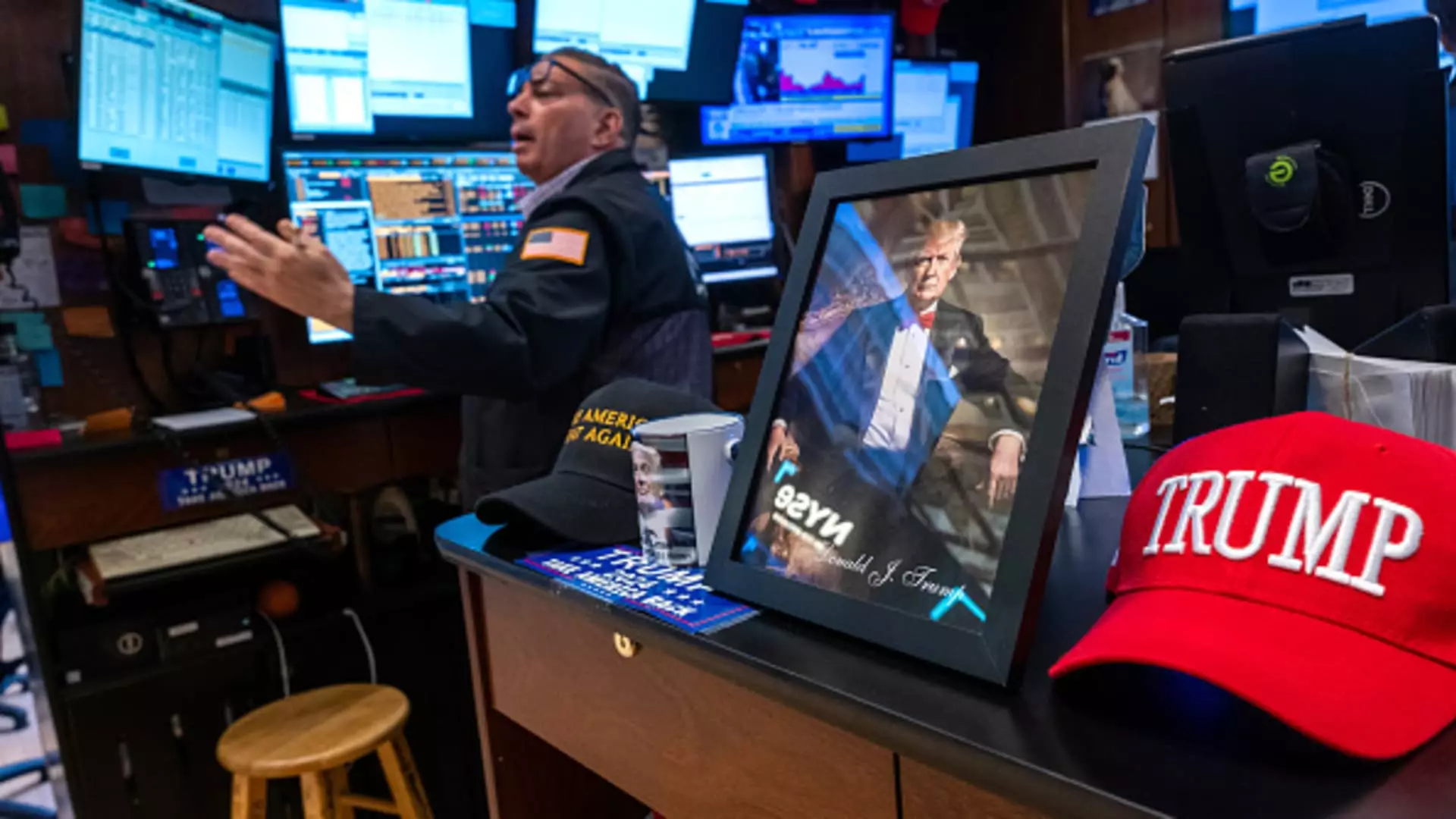In the tumultuous arena of stock markets, the recent fluctuations marked during President Donald Trump’s administration reveal a critical narrative for investors. While portfolio balances may seem invariant, the undercurrents in the market tell a different story, one of uncertainty and precariousness. This era has witnessed significant market volatility, underscoring one unassailable truth: the market is a treacherous beast that can both entice and betray. Investors who believe themselves immune to these depredations are sorely mistaken.
The Quiet Before the Storm
Under Trump’s watch, the stock market has displayed alarming tendencies. The S&P 500 had a few alarming days where it dropped by 2 percent or more on six distinct occasions in the first half of 2023 alone. These numbers beg the question: how can any perceptive investor dismiss these dwindling dips in their portfolio? While borne from the chaos surrounding trade policies and larger economic uncertainties, these fluctuations are more than mere blips—they’re alarms sounding against the backdrop of complacency. For seasoned investors, acknowledging volatility is paramount; the proposition of ignoring it can lead to devastating results.
Cathy Curtis, a financial advisor, aptly notes that market volatility does not dictate its trajectory. This mantra—timeless yet often disregarded—underscores the folly of reacting impulsively to short-term downturns. Investors must cultivate a stoic approach, tempering their reactions with wisdom amidst the clamor of declining numbers. Yet, the repeated volatility invites skepticism. Just how resilient is this market when backed by unresolved economic tensions?
Historical Context: Lessons Ignored
Consider the stark contrast in returns between different presidential administrations since President Jimmy Carter. The S&P 500 soared under President Joe Biden and Barack Obama’s inaugural terms, leaving Trump’s second term looking rather paltry in comparison. In fact, during George W. Bush’s presidency, the S&P 500 reported a troubling 12 percent downturn before culminating in a catastrophic economic fallout known as the Great Recession. The question echoing in the minds of investors today is whether Trump’s tumultuous veils may lead to similar consequences or worse.
Each presidency offers valuable lessons meant to inform future actions but history’s propensity to repeat itself often blinds investors to practical wisdom. The euphoria evident in the early days of both Obama and Biden’s tenures should not obscure the present-day risks faced by Trump; the nature of these risks often defies logic and expectation.
The Long-Term Perspective: Patience or Punishment?
Amidst the present chaos, financial experts like Mark Motley encourage a long-term perspective, asking investors to look beyond the immediate dips and focus on the broader market trends. He refers to data illustrating that a $1,000 investment in the S&P 500 back in 1950 could yield around $3.8 million today. Are we too quick to forget this overwhelming evidence, choosing instead to react to the drama of the moment?
The history of the stock market is riddled with highs and lows, with moments that challenge even the most steadfast of investors. However, this does not free today’s investors from the weight and burden of current events—the specter of rising interest rates, trade tensions, and labor market instability loom large. Each factor intertwines, crafting a tapestry fraught with uncertainty, challenging the resilience of both rookie and seasoned investors alike.
The Perils of Complacency
While some financial advisors encourage a measured response to market volatility, it’s imperative to recognize the looming dangers of complacency. Reliance on historical data without discerning the potentially dire trends fueled by today’s economic landscape can lead to perilous decisions. Ignoring the reality of impending financial upheaval could lead to untold losses, as many investors have discovered too late.
As we look beyond the current administration, the stakes have never been higher. The tumultuous currents of economic forces demand that investors remain vigilant, making sound decisions anchored in analysis rather than reactionary emotions. The market is decidedly cyclical—believing otherwise could signal a chilling chapter in one’s financial narrative.
In this tumult of numbers and trends, one thing remains painfully clear: the dance of the stock market continues, and those who falter may find themselves on the wrong side of its sweeping tide.

